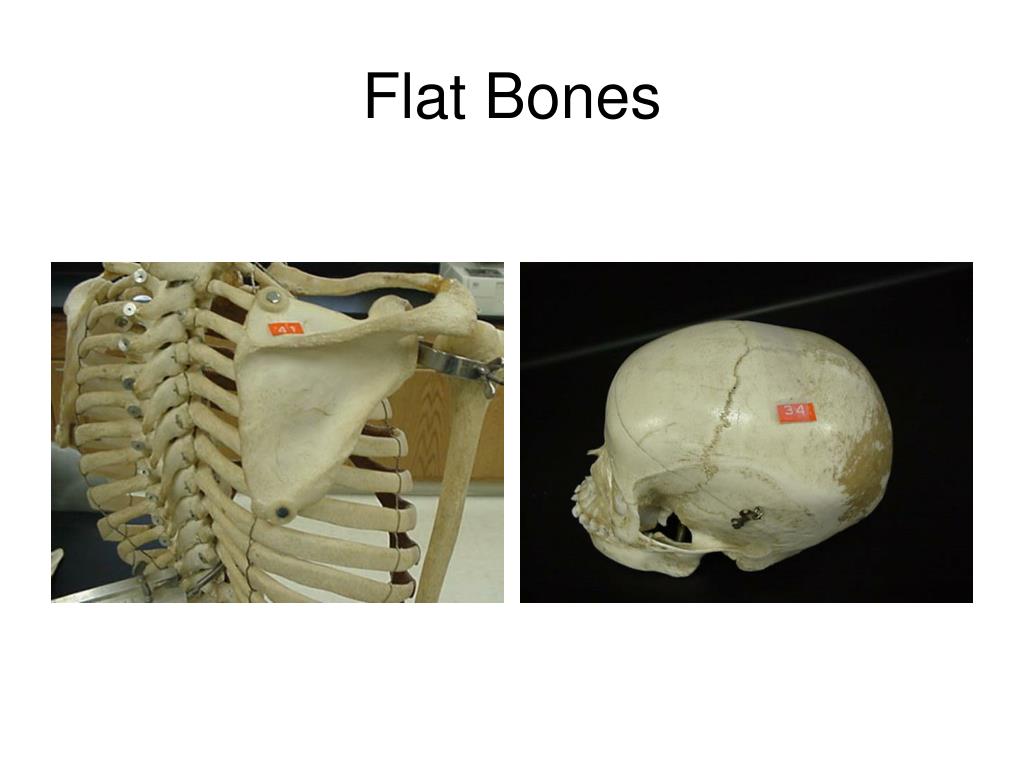


Short bones provide stability to the wrist and ankle joints and also help facilitate some movements. Examples can be found in the bones of your wrists and ankles. Short bones have very equal proportions and are roughly shaped like a cube. The function of long bones is centered on supporting the weight of your body as well as facilitating the movement of your body. Long bonesĪs their name implies, long bones are longer than they are wide. The bones of your body are divided into five different types based on their shape and function. The fats in this tissue can be broken down and used for energy if required. In addition to red marrow, bones also contain another type of marrow called yellow marrow. When your body needs more of these resources, they can be released back into your bloodstream for use. Important minerals, such as calcium and phosphorus, are stored within your bones. This process is called hematopoiesis, and it occurs in a part of your bone marrow called the red marrow. The many cells of your blood - red blood cells, white blood cells, and platelets - are formed within your bones. Good examples of this include the way your rib cage surrounds organs such as your heart and lungs or how the bones of your skull surround your brain. Your bones also protect many of your internal organs. The interaction of bones and muscles contributes to the wide range of movements your body is capable of making.

When your muscles contract, your bones act as a lever while your joints form a pivot point. Your muscles attach to your bones via tendons. Movementīones also play an important role in the movement of your body, transmitting the force of muscle contractions. Without our bones, we’d have no defined shape. Bones serve many vital functions in your body, including: Supportīone provides a rigid framework as well as support for other parts of your body.įor example, the larger bones of the legs offer support to your upper body while you’re standing up.


 0 kommentar(er)
0 kommentar(er)
